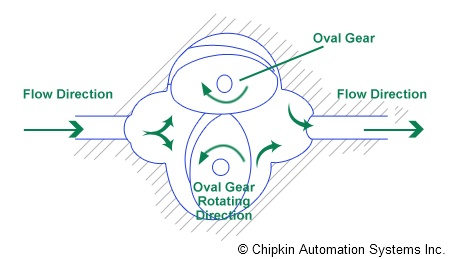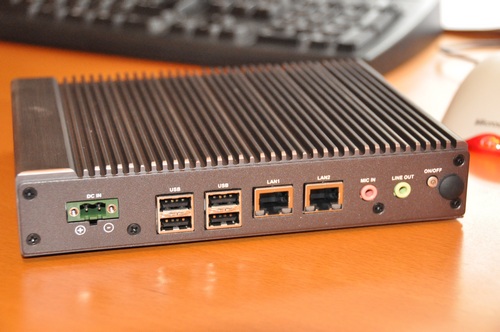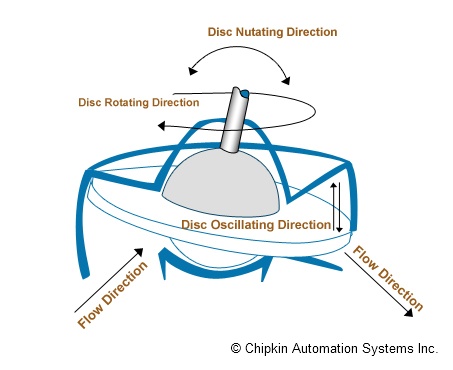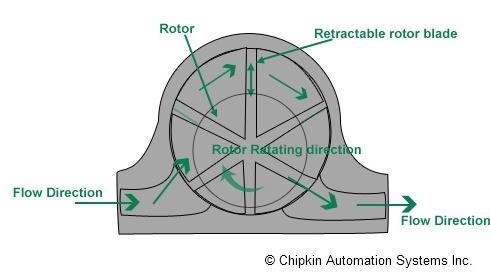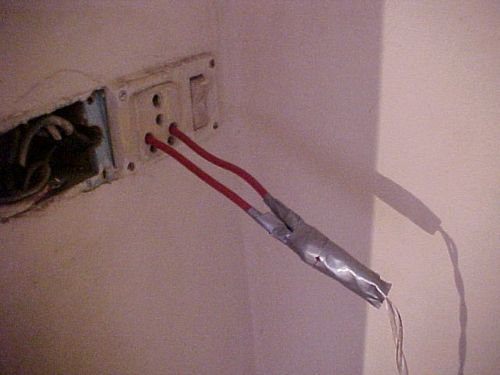Mass FlowmeterMass flowmeters are the types of flowmeters which are
mainly employed in mass-related processes such as chemical
reactions, heat transfer, etc. In all these processes,
accurate measurement of flow is the prerequisite. There are
numerous types of mass flowmeters available in the industry.
However, the most widely used type is the Coriolis meter.
Another type available is thermal type mass flowmeters.
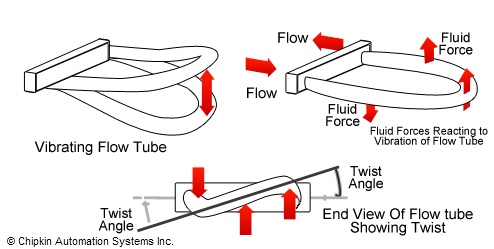
Open Channel Flowmeter
Any conduit or channel in which the fluid or liquid is
flowing with a free surface open to the atmosphere is
referred to as an "open channel". For instance, tunnels,
nonpressurized sewers, partially filled pipes, canals,
streams, and rivers, all these are Open channels. There
are various techniques which can be used to monitor an
open-channel flow. However, depth-related techniques are
the most widespread. These techniques are based on the
conjecture that one can instantaneously determine the flow
rate of liquid by measuring its depth (or head). Two most
commonly used primary devices for measurement of
open-channel flows are Weirs and Flumes.
Ultrasonic Flowmeter
An ultrasonic flowmeter is one of the types of velocity
type flowmeters. It is also known as non-intrusive Doppler
flow meter. It is a volumetric flow meter which needs
particulates or bubbles in the flow. The working principle
is based upon the Frequency shift or Doppler Effect of an
ultrasonic signal when it is reflected by suspended
particles or gas bubbles i.e. discontinuities in motion.
The discontinuities reflect the ultrasonic wave with a
somewhat different frequency which is directly
proportional to the rate of flow of the fluid. At least
100 parts per million (PPM) of 100 micron or larger
suspended particles or bubbles must be contained by the
liquid as per current technology.
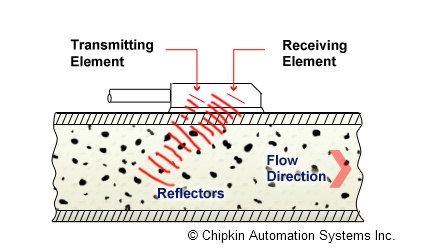
Variable Area Flowmeter
Variable area flowmeters are a type of differential
pressure flowmeters. These are simple and versatile
devices which are used to measure the flow of liquids,
gases, and steam. They work at a fairly constant pressure
drop. In these types of flowmeters, a direct visual
indication of flow rate is given by the position of the
float, piston or vane. The position of their float, piston
or vane gets changed as the rising flow rate opens a
larger flow area to pass the flowing fluid. When the flow
decreases, either the force of gravity or a spring is
employed to return the flow element to its quiescent
position. Gravity-operated meters also Rotameters must be
installed in a vertical position, whereas spring operated
meters can be mounted in any position. Each and every
variable area flowmeter is available with local
indicators. Moreover, they can also be provided with
position sensors and transmitters i.e. Pneumatic,
electronic, digital, or Fiberoptic types for linking to
remote displays or controls.
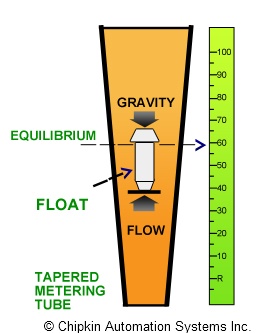
Velocity Type Flowmeter
Velocity type flowmeters generally tend to follow a
linear relationship with respect to the volume flow rate.
Unlike differential pressure type flowmeters, there is no
square-root relationship in these instruments. Hence,
their rangeability is much better as compared to other
flowmeters. Furthermore, they prove to be less sensitive
to changes in viscosity when used at Reynolds numbers(Re)
more than 10,000. Nearly all velocity-type flowmeter
housings are outfitted with flanges or fittings. This
arrangement enables them to be joined directly into
pipelines. Major types of Velocity flowmeters include
turbine, vortex shedding, electromagnetic, and sonic
designs.
Turbine Flowmeter
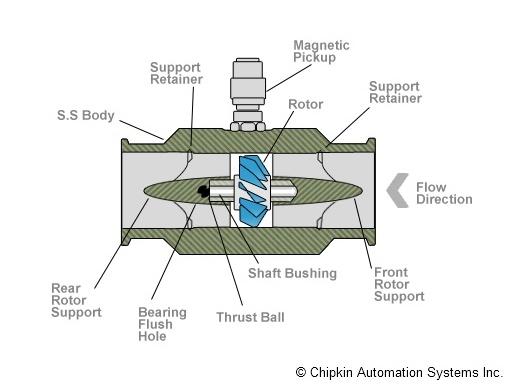
Vortex Flowmeter

Venturi Flow Tube
A venturi tube is considered to be the most accurate
flow-sensing element only if it is accurately calibrated.
This tube basically consists of a converging conical inlet
a cylindrical throat, and a diverging recovery cone.
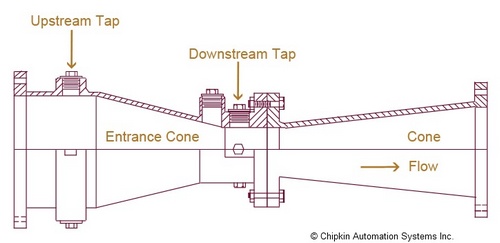
Orifice Plate
Orifice plate is one of the most popular differential
pressure type liquid flowmeter generally employed for
detection (or measurement) of flow. It is one of the
simplest and most cost-effective ways to restrict flow.
Orifices are simply a flat piece of metal with a
particular size of hole drilled in it. These flat plates
are usually installed between a couple of flanges and in a
straight run of smooth pipe. This is done to keep flow
patterns turbulences away from fittings and valves.
Orifice acts as a primary device. By means of an orifice,
the liquid flow is obstructed in order to create a
differential pressure across the plate. The fluid flow
detection is done via measuring the pressure difference
from the upstream side to the downstream side of a
partially obstructed pipe.

Pitot Tubes
Pitot tubes are another type of differential pressure
flowmeters. They are named after Henri Pitot who came with
this invention in the year 1732. Pitot tubes are basically
used to detect flow velocity of fluids. Pitot tubes have
the potential to measure two pressures at the same time
i.e. impact (dynamic) and static. In a Pitot-static tube,
the kinetic energy of the flowing fluid is transformed
into potential energy for measurement of fluid flow
velocity.
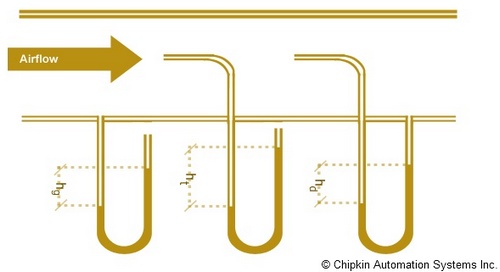
Positive Displacement Meters
Positive displacement (PD) meters are the types of
flowmeters which are suitable for measurement of viscous
liquid flows. These are also considered ideal for
applications which require use of a simple mechanical
meter system. In general, a positive displacement
flowmeter consists of a chamber or cavity which restricts
the flow. A rotating or reciprocating mechanical device is
located inside the chamber to generate fixed-volume
discrete parcels from the flowing liquid. Via PD meter
units, liquids get separated into exactly calculated
increments which are then further counted by a connecting
register. Since every measured increment represents a
distinct volume, these types of meters are widely used for
automatic batching and accounting purposes.
Reciprocating Piston Meters
These are also known as oscillating piston flowmeters.
These are one of the oldest positive displacement type
flowmeter designs. These types of meters are mainly of
single or multiple-piston types. Other types available are
double acting pistons and rotary pistons. Selection of a
particular type of piston meter depends on the range of
flow rates necessary for an application. Although piston
meters are smaller in size and considered apt for handling
only low flows of viscous liquids, yet they are proficient
enough to deal with an extensive range of liquids. Major
application areas of a reciprocating piston meter include
viscous fluid services like oil metering on engine test
stands, specifically where turndown ratio is not
considered much crucial. Also these meters can be employed
on residential water service where they tend to pass
partial quantities of dirt and fine sand along with
water.
